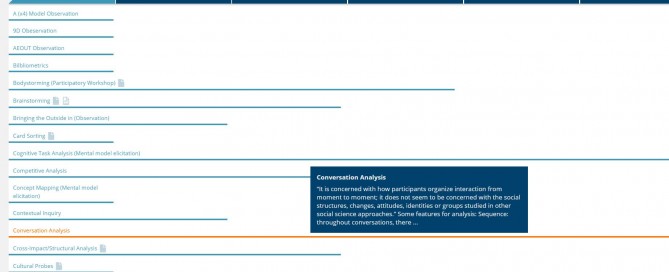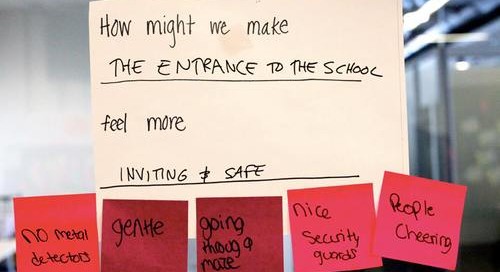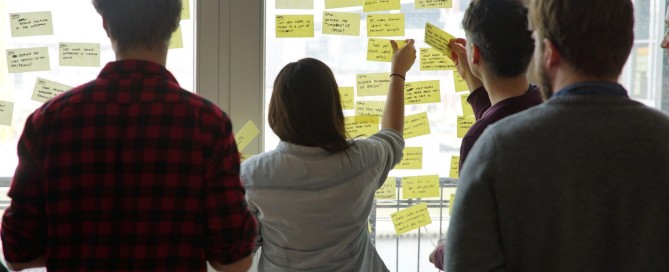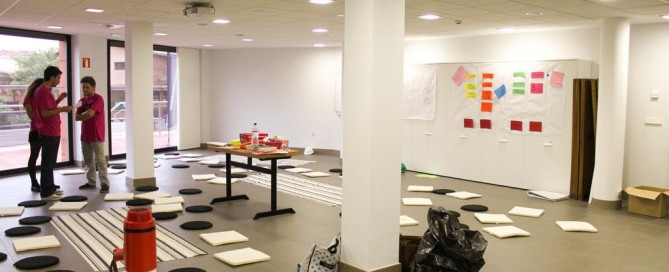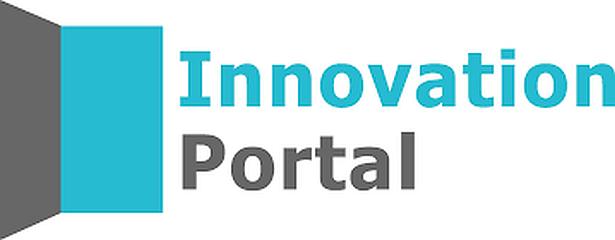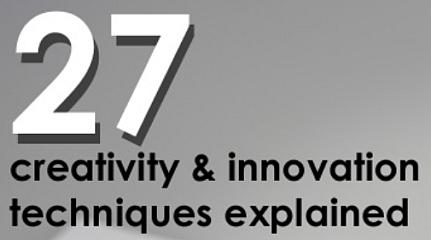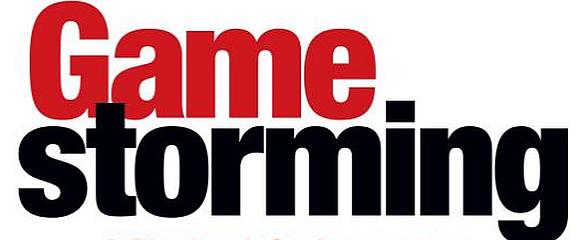Thoughts on Agile Value-Driven Product Development
Reading Time: 42 minutes
Many companies show big misconceptions in using the notions of value and value-creation. Value is hard to measure. To measure the value of their products, companies often tend to place different kinds of proxies there.
However, the Agile Community, Agile Product Development, and Design Thinking use the term „Value-Driven Development“ frequently with a clear understanding of “value”. This interpretation differs dramatically from the traditional Value-Stream approach of Lean Manufacturing.
Value-driven development is an illusion as long as we are all trapped in different manifestations of the Feature Factory mindset and Project Thinking. As long as organisational silos between product management, design department, development department, marketing department, and supplier management are not broken down and all participants work together in a solution-oriented rather than product-oriented way Value-driven development is an illusion.
When we talk about Value-Driven Development we should be very sensitive to our background and the context we are talking about so that it does not become a new cargo cult.


